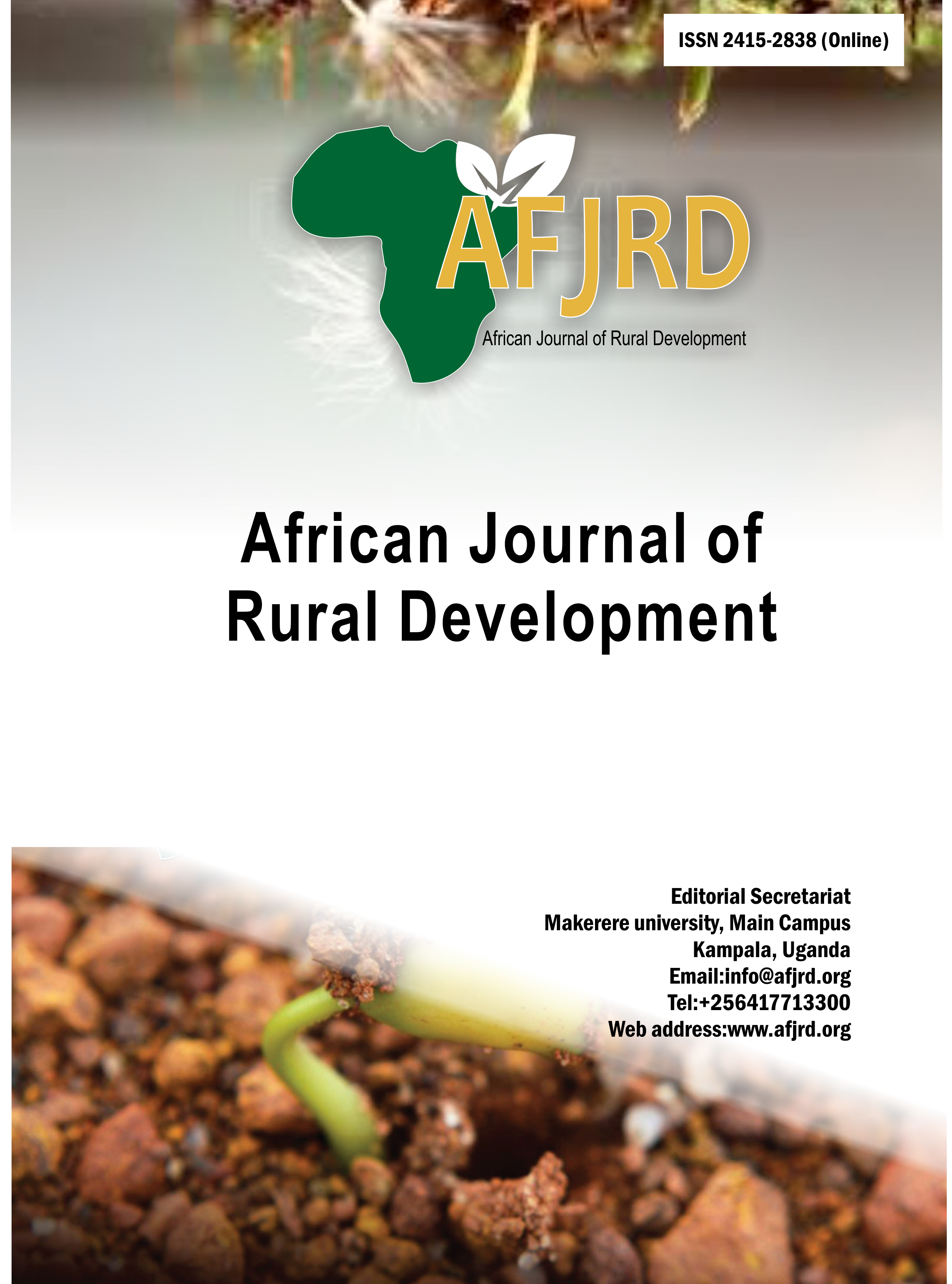Transmission of Maize lethal necrosis disease causing viruses from crop debris and soil
Main Article Content
Abstract
Maize lethal necrosis (MLN) disease, a result of synergistic interaction between Maize chlorotic mottle virus (MCMV) and Sugarcane mosaic virus (SCMV), is a serious threat to maize production in the eastern Africa region. The role of plant debris and contaminated soil in the epidemiology of the disease is important for its management. A greenhouse study was carried out to determine the transmission of the two viruses causing MLN from crop debris and soil to healthy plants. Treatments included Sugarcane mosaic virus (SCMV), Maize chlorotic mottle virus (MCMV), co-infections (SCMV+MCMV), inoculum obtained from MLN-infected plants and healthy plants. Maize varieties used were three hybrids (H614, H513, and Duma43),and two landraces (Kikamba and Kinyanya). The plants were inoculated at three leaf stage withthe respective viruses, after two months, materials were chopped and incorporated into one set of planting bags while another set had the soil previously holding infected plants but without debris. In the third season, all plant debris were removed from the bags and replanted with same maize varieties to assess if the viruses were still present in the soil. Disease severity was scored on a scale of 1-5 and area under disease progress curve (AUDPC) determined. Viral presence was confirmed using DAS-Elisa. There was no significant difference in infection of plants by viruses either from the soil with debris or with contaminated soil alone, although treatments with combination of the two viruses had higher levels of infection. severity and AUDPC for most of the treatments in comparison to the hybrids.
Article Details

This work is licensed under a Creative Commons Attribution 4.0 International License.
